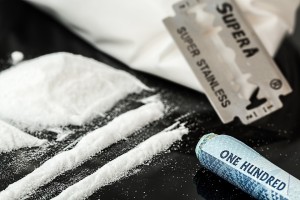 The Baltimore Police recently announced the completion of a fairly large heroin bust, which led to two arrests and the recovery of drugs, cash, and a firearm. This particular bust was not the product of a long-term police investigation, but rather it was based on a tip from a concerned Greenspring Avenue neighbor in the northwest part of the city. Metro Crime Stoppers received the tip and relayed it over to the police for further investigation. Officers staked out the home of the alleged drug dealer, and then followed him as he drove away. A short time later cops made a traffic stop of the suspect’s vehicle, and conveniently had the K-9 unit on standby ready to conduct a drug sniff. After the dog hit a positive on the car the man was taken into custody while the police sought a search warrant for his home. The warrant was signed and upon executing the search police found 4 kilograms of heroin valued at upwards of $400,000. State and local police officers typically use the street value of the drugs in their reports and press releases, which is based on the optimum profitability achieved by selling small quantities. City police officers also seized $80,000 cash and a stolen handgun from out of state. There is no final word on whether the dealer will be charged in Baltimore City, or whether the feds will take on the prosecution.
The Baltimore Police recently announced the completion of a fairly large heroin bust, which led to two arrests and the recovery of drugs, cash, and a firearm. This particular bust was not the product of a long-term police investigation, but rather it was based on a tip from a concerned Greenspring Avenue neighbor in the northwest part of the city. Metro Crime Stoppers received the tip and relayed it over to the police for further investigation. Officers staked out the home of the alleged drug dealer, and then followed him as he drove away. A short time later cops made a traffic stop of the suspect’s vehicle, and conveniently had the K-9 unit on standby ready to conduct a drug sniff. After the dog hit a positive on the car the man was taken into custody while the police sought a search warrant for his home. The warrant was signed and upon executing the search police found 4 kilograms of heroin valued at upwards of $400,000. State and local police officers typically use the street value of the drugs in their reports and press releases, which is based on the optimum profitability achieved by selling small quantities. City police officers also seized $80,000 cash and a stolen handgun from out of state. There is no final word on whether the dealer will be charged in Baltimore City, or whether the feds will take on the prosecution.
This recent drug bust comes at an interesting time for crime fighting in Baltimore City. The police department has consistently stated a desire to focus their efforts on combatting violent crimes such as robbery, assault, and murder. The violent crime rates in the city are alarmingly high and have shown little signs of improving. On the other hand there is no chance the police would fail to act on a large-scale drug tip. These busts generally create positive news headlines for the department, while at the same time taking well funded and often well armed criminals off the street.
Anonymous tips do not always pan out and are sometimes an invitation for the police to violate a person’s rights, but it seems that this particular case was handled by the book. It is always suspicious when cops are performing surveillance one minute and the next are conducting a traffic stop with a K-9 unit on hand. But these so called pretextual stops, where a driver is stopped for a minor (or made up) traffic violation for the sole purpose of advancing an unrelated criminal investigation, are legal under the Supreme Court’s interpretation of the Constitution. The only requirement is that the traffic stop be legitimate, which obviously gives police way too much leeway to see things like a suspected drug dealer “rolling through” a stop sign, making a right on a red arrow, or going 11 over the speed limit. But challenges to the traffic stop will usually fall on deaf ears on the bench, and as long as cops wait for a search warrant the evidence will usually be held admissible. Police are well aware that suspects are most vulnerable when they are on the road due to numerous automobile exceptions to search and seizure rights. This is why many of the largest drug busts begin as a simple traffic stop.
 Criminal Defense Lawyer Blog
Criminal Defense Lawyer Blog



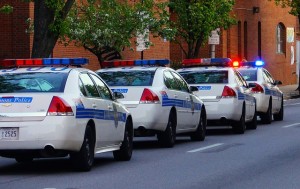
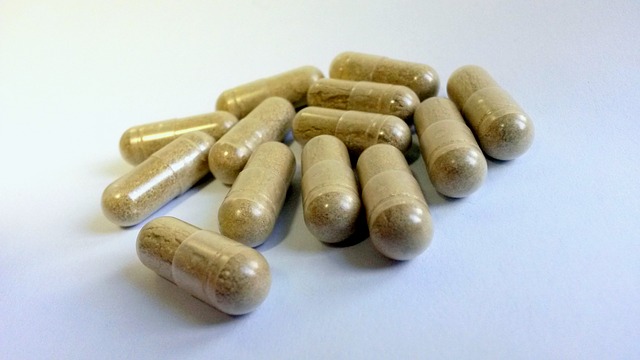 Drug and alcohol related deaths have increased statewide over the past few years, and the jump from 2013 to 2014 was so significant that the governor has declared a health crisis in Maryland. The state health department recently released its annual report for this past year, and the numbers are frightening to say the least. Over 1,000 people died directly from drug and alcohol overdoses last year, which represents a 21 percent increase from 2013. More than half of those deaths were the result of heroin, a narcotic whose popularity has been increasing exponentially over the past decade. In his first year of office, Governor Hogan has made it a priority to combat drug overdoses, and he has taken proactive measures such as approving a bill expanding the use of Naloxone, an opioid antagonist that reverses the effects of heroin. Many police officers statewide, including those in Anne Arundel County, now carry this powerful life saving drug. Chances are that more departments will add it to their officer’s essential police equipment in the future. Ultimately though, the governor’s focus will be on breaking up heroin trafficking rings, and on educating the youth about the dangers of even one single dose this dangerous drug.
Drug and alcohol related deaths have increased statewide over the past few years, and the jump from 2013 to 2014 was so significant that the governor has declared a health crisis in Maryland. The state health department recently released its annual report for this past year, and the numbers are frightening to say the least. Over 1,000 people died directly from drug and alcohol overdoses last year, which represents a 21 percent increase from 2013. More than half of those deaths were the result of heroin, a narcotic whose popularity has been increasing exponentially over the past decade. In his first year of office, Governor Hogan has made it a priority to combat drug overdoses, and he has taken proactive measures such as approving a bill expanding the use of Naloxone, an opioid antagonist that reverses the effects of heroin. Many police officers statewide, including those in Anne Arundel County, now carry this powerful life saving drug. Chances are that more departments will add it to their officer’s essential police equipment in the future. Ultimately though, the governor’s focus will be on breaking up heroin trafficking rings, and on educating the youth about the dangers of even one single dose this dangerous drug.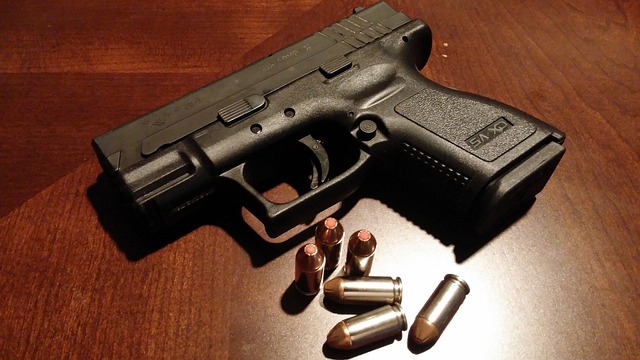 Governor Elect Hogan is not scheduled to begin his term as Maryland’s top politician for another 6 weeks, but he has already publicized a few of his plans for gun control and drug abuse. The infamous Maryland firearms safety act appears to be safe for the foreseeable future, as Hogan’s camp is on record stating they would not take action to try to repeal the law. On the other hand, the act still faces scrutiny from the federal court system. The hardline gun law was upheld in the United States District Court in Baltimore over the summer, but is now before the 4th Circuit Court of Appeals in Richmond, Virginia. The federal appellate judges will examine whether the firearms safety act infringes on the Second Amendment right to bear arms, and will consider the briefs of twenty-one different states, including Florida and Michigan, who have filed briefs urging the court to overturn the law. The Governor Elect has not publicized a detailed opinion of the firearms safety act, and will likely wait until he has taken office to do so. But Hogan has been clear thus far that his office will not challenge the incoming attorney general or the predominantly democratic legislature to repeal the law.
Governor Elect Hogan is not scheduled to begin his term as Maryland’s top politician for another 6 weeks, but he has already publicized a few of his plans for gun control and drug abuse. The infamous Maryland firearms safety act appears to be safe for the foreseeable future, as Hogan’s camp is on record stating they would not take action to try to repeal the law. On the other hand, the act still faces scrutiny from the federal court system. The hardline gun law was upheld in the United States District Court in Baltimore over the summer, but is now before the 4th Circuit Court of Appeals in Richmond, Virginia. The federal appellate judges will examine whether the firearms safety act infringes on the Second Amendment right to bear arms, and will consider the briefs of twenty-one different states, including Florida and Michigan, who have filed briefs urging the court to overturn the law. The Governor Elect has not publicized a detailed opinion of the firearms safety act, and will likely wait until he has taken office to do so. But Hogan has been clear thus far that his office will not challenge the incoming attorney general or the predominantly democratic legislature to repeal the law.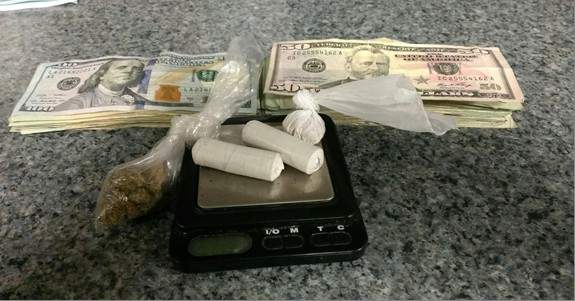 Heroin use throughout the Baltimore metropolitan area has been on the rise for the last few years, and now the national media has taken notice. A recent episode of National Geographic Channel’s television series Drugs Inc., was filmed in Baltimore, and documented just how out of control the heroin epidemic has become in the city. The show dubbed Baltimore the heroin capital of America, and while there is no statistical evidence to support this dramatic claim, there is certainly enough evidence to prove at least the presence of an epidemic. The Blog has posted a few articles about the increasing popularity of heroin, which is attributed to a variety of factors including the low cost and a high supply of the dangerous drug. Stricter regulations on prescription narcotics have also been a major factor in the recent heroin boom, as it has become more expensive and more difficult for drug users to secure their once plentiful supply of oxycodone and other similar narcotics on the street. Doctors and pharmacies have become less inclined to prescribe and dispense these highly addictive painkillers, thus leading to a decline of legal and illegal sales. The television show touched on this fact and also credited increased education and awareness of prescription medication addiction as other factors for lower abuse rates. Less abuse of prescription narcotics may have come at a steep price though, and not only in Baltimore, but also in the surrounding suburbs.
Heroin use throughout the Baltimore metropolitan area has been on the rise for the last few years, and now the national media has taken notice. A recent episode of National Geographic Channel’s television series Drugs Inc., was filmed in Baltimore, and documented just how out of control the heroin epidemic has become in the city. The show dubbed Baltimore the heroin capital of America, and while there is no statistical evidence to support this dramatic claim, there is certainly enough evidence to prove at least the presence of an epidemic. The Blog has posted a few articles about the increasing popularity of heroin, which is attributed to a variety of factors including the low cost and a high supply of the dangerous drug. Stricter regulations on prescription narcotics have also been a major factor in the recent heroin boom, as it has become more expensive and more difficult for drug users to secure their once plentiful supply of oxycodone and other similar narcotics on the street. Doctors and pharmacies have become less inclined to prescribe and dispense these highly addictive painkillers, thus leading to a decline of legal and illegal sales. The television show touched on this fact and also credited increased education and awareness of prescription medication addiction as other factors for lower abuse rates. Less abuse of prescription narcotics may have come at a steep price though, and not only in Baltimore, but also in the surrounding suburbs.